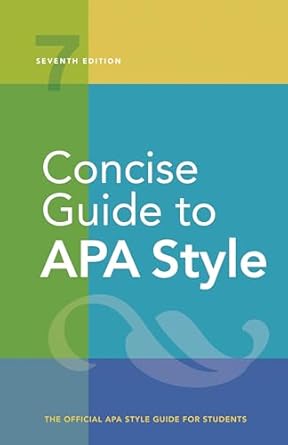[toc]
abbreviations in science clarity and precision
Concise Guide to APA Style: 7th Edition (OFFICIAL)
Page 141 Review
Understanding Abbreviations in Scientific Writing: A Deep Dive
In the realm of scientific writing, precision and clarity are paramount.
The use of abbreviations, while often necessary for brevity, demands careful consideration to avoid ambiguity.
This is particularly true when dealing with concentrations and routes of administration.
Let’s delve into some key points highlighted in this excerpt:
Concentration Ambiguity: The Percentage Problem
The excerpt emphasizes the potential for confusion when expressing concentrations as percentages. “the more ambiguous the expression is as a percentage.” This is because a percentage alone doesn’t always convey the specific units involved.
For example, a 10% solution could refer to weight/weight (wt/wt), weight/volume (wt/vol), or volume/volume (vol/vol).
The text emphasizes the need for clarity, especially when dealing with substances like alcohol, glucose, and sucrose.
“Specifying the ratio is especially necessary for concentrations of alcohol, glucose, and sucrose.”
To avoid ambiguity, it’s crucial to specify the ratio used to determine the percentage.
This involves clearly indicating whether the concentration is based on weight or volume.
The excerpt provides examples to illustrate this point:
“12% (vol/vol) ethyl alcohol solution”
“1% (wt/vol) saccharin solution”
These examples demonstrate how adding the parenthetical notation (vol/vol) or (wt/vol) significantly enhances clarity, leaving no room for misinterpretation.
The Importance of Salt Form Specification
Beyond the general issue of concentration ambiguity, the excerpt highlights a specific requirement for certain substances: the specification of the salt form.
This is particularly important for drugs like d-amphetamine.
“Specifying the salt form is also essential for precise reporting of d-amphetamine HCl or d-amphetamine SO.”
D-amphetamine exists in different salt forms, such as hydrochloride (HCl) and sulfate (SO).
Each salt form has a different molecular weight, which directly impacts the amount of active drug present in a given concentration.
Failing to specify the salt form can lead to significant errors in dosage calculations and subsequent experimental results.
The excerpt also mentions an acceptable format for expressing the chemical name and formula:
“(expression of a chemical name in combination with a formula is acceptable in this case).”
Routes of Administration: Abbreviation Guidelines
The excerpt then shifts its focus to the abbreviation of routes of administration.
It emphasizes the importance of consistency and adherence to established conventions.
A key rule is to abbreviate a route of administration *only* when it is paired with a number-and-unit combination.
“Abbreviate a route of administration when it is paired with a number-and-unit combination.”
Furthermore, the excerpt explicitly states that periods should not be used with abbreviations for routes of administration.
Common examples include:
- icv = intracerebral ventricular
- im = intramuscular
- ip = intraperitoneal
- iv = intravenous
- sc = subcutaneous
The excerpt provides an example of correct usage:
“anesthetized with sodium pentobarbital (90 mg/kg ip)”
Notice how “ip” is used here with the dosage “90 mg/kg.” However, the excerpt also clarifies when abbreviations should *not* be used:
“two subcutaneous injections (not sc injections)”
In this case, since there’s no number-and-unit combination associated with “subcutaneous,” the full word should be used instead of the abbreviation.
Conclusion: A Call for Precision
This excerpt underscores the crucial role of precise language and consistent abbreviation practices in scientific writing.
By carefully specifying concentrations, including salt forms when necessary, and adhering to established guidelines for abbreviating routes of administration, researchers can minimize ambiguity and ensure the accurate communication of their findings.
Attention to these details contributes to the overall rigor and reliability of scientific research.
Buy full ebook for only $18: https://www.lulu.com/shop/american-psychological-association/concise-guide-to-apa-style-7th-edition-official/ebook/product-rmzpq54.html?page=1&pageSize=4

